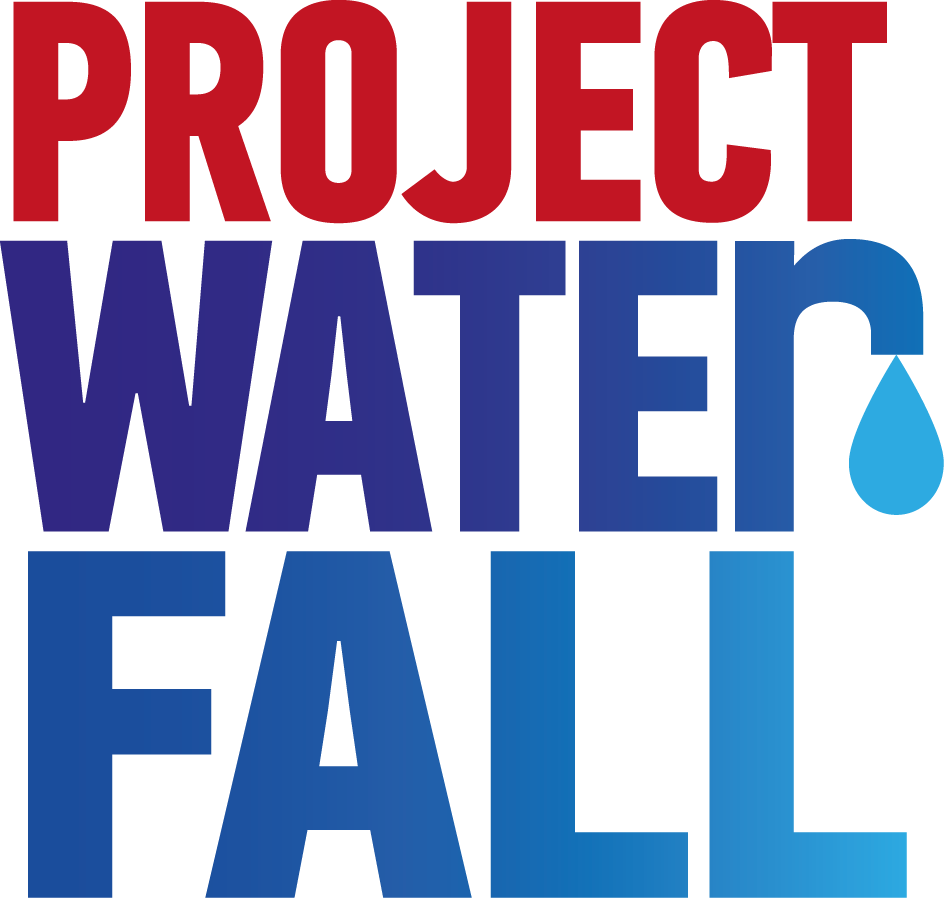The who, what, where and why of the world’s water crisis
0.014%.
That’s the percentage of total water on Earth that is fresh, easily accessible, and usable.
It might not sound like much but, technically, it should be enough for the world’s population to live on. Right now, it isn’t.
Water and coffee
Today, 785 million people don’t have access to safe drinking water and 2.3 billion - 1 in 3 people - are living without access to a toilet. This is what is meant by the ‘water crisis’ - a situation where the demand for clean water in a region exceeds supply - and it’s only getting worse.
Climate change, growing populations, and increasing agricultural demands have many predicting that demand for water will outstrip supply by 40% by 2030.
Beyond the obvious frightening implications this has on our society, it also directly impacts our industry.
The majority of the communities facing the water crisis are those that grow our coffee.
Image: WaterAid
On average, 140 litres of water are required to grow, process and transport enough beans for a single cup of coffee. That’s more than tea, sugar, wheat, and barley. Not only are coffee-growing communities facing a water shortage, but our industry is exacerbating it.
Over the coming weeks our 4-part ‘Coffee & Crisis’ blog series will highlight the water crisis, why it exists, the effects of it, and what can be done to end it.
The impact of the water crisis
Access to clean water underpins four key development areas: health, gender equality, education, and the economy.
Water, sanitation and hygiene-related diseases kill 1.6 million every year - this is more than all forms of violence, including war.
Meanwhile, women often suffer the most from the water crisis as they are responsible for collecting water. Every day, up to 8 hours can be spent collecting water that weighs, on average, 20 kilos. This can lead to spinal and pelvic deformities, miscarriages and chronic fatigue.
Image: charity: water
It also prevents school attendance, which is already down due to poor sanitation, and unsegregated toilets that prevent girls from being at school when on their period. This alone accounts for young girls missing up to a quarter of the school year, every year.
Over the coming weeks we’ll go into more detail on the effects of the water crisis but, in short, all of the above is why $260 billion is lost globally each year.
Looking ahead
It doesn’t have to be this way.
A single dollar invested in clean water can yield $4-12 in economic returns. And access to clean water can change everything.
Child mortality rates drop. Girls can spend more time in school. Women can start their own businesses. And dignity is restored to communities.
In next week’s part two of ‘Coffee & Crisis’, we’ll look at why the water crisis exists. Sign up to our newsletter to make sure you don’t miss it.
Image: charity: water




